Atlanta exhibition sheds new light on Cristóbal Balenciaga’s architectural haute couture
‘Cristóbal Balenciaga: Master of Tailoring’ at SCAD FASH Museum in Atlanta provides a fresh look at the couturier’s highly influential archive – including pieces rarely before on show to the public
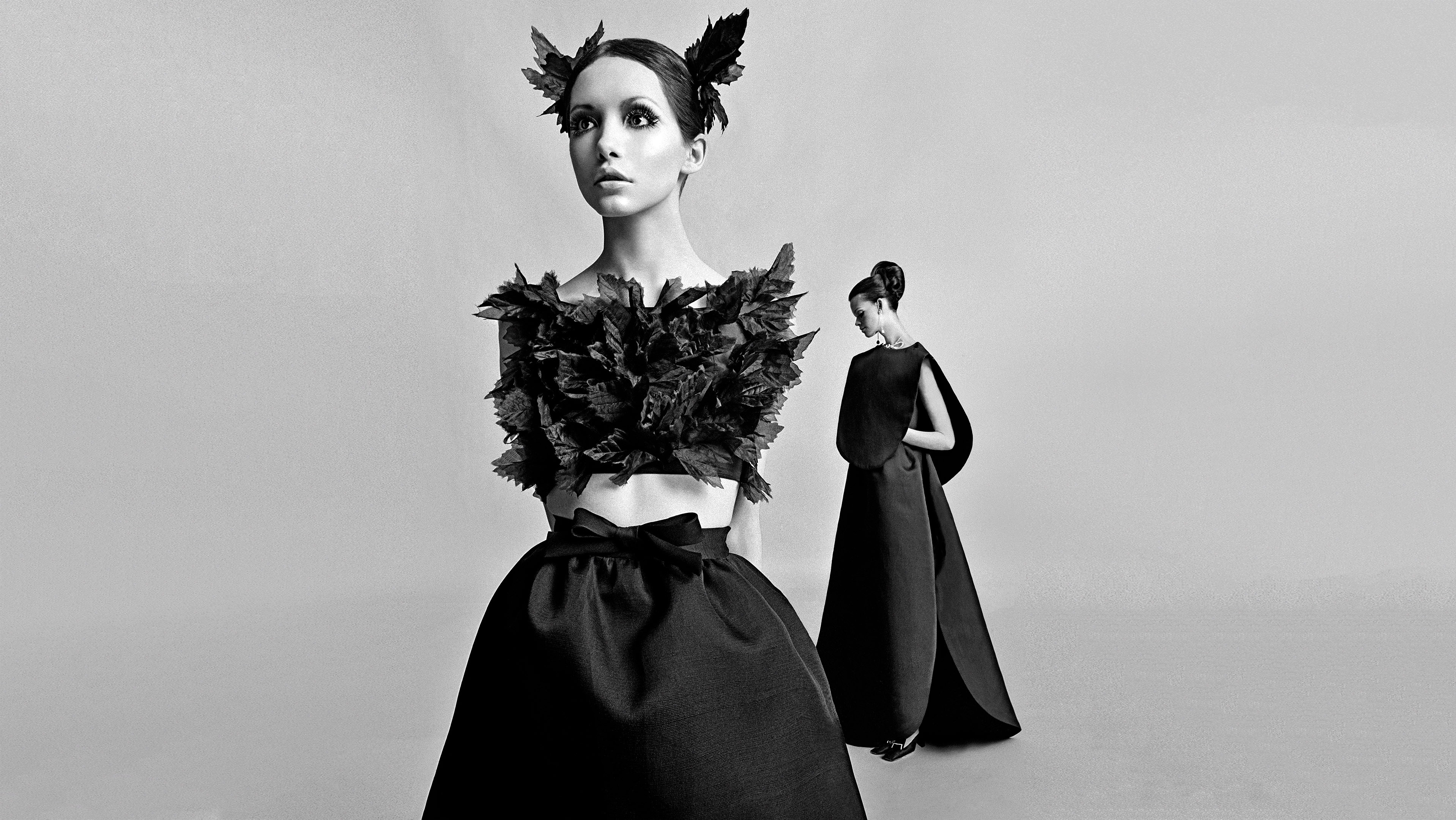
‘Architectural’ is a word that defines the work of Cristóbal Balenciaga. A master of haute couture, his elegantly precise and determinedly sculptural silhouettes provided him unparalleled fame in the middle of the 20th century, and his legacy has endured throughout the decades. Today, under the creative direction of Demna, the house of Balenciaga explores the cutting-edge and the sensational through fashion. The brand is synonymous with moody, blockbuster runway shows, with clothes that alchemise subcultural influences, all while celebrating the codes established by its founder.
A new exhibition, ‘Cristóbal Balenciaga: Master of Tailoring’ at SCAD FASH Museum of Fashion + Film in Atlanta, Georgia travels back to the house’s roots, when a 22-year-old Cristóbal Balenciaga established his name in Saint Sebastian in the Basque region of Spain. ‘He was a perfectionist since day one,’ the museum’s creative director Rafael Gomestells tells Wallpaper*. ‘Cristóbal had an eye for the detail, even as a child when he made clothes with four little arms for his dog and later as a teenager to his town’s Marquesa de Casa Torres.’ The repertory on view shows his talent in full fruition, with garments created between 1942 and 1968 when he closed his house. A few pieces out of 30 dresses, tailored suits, and coats appear to the public eye for the first time, complemented by runway footage, the couturier’s sketches, and correspondences with his business partner sister and clients.
‘Cristóbal Balenciaga: Master of Tailoring’ at SCAD FASH Museum
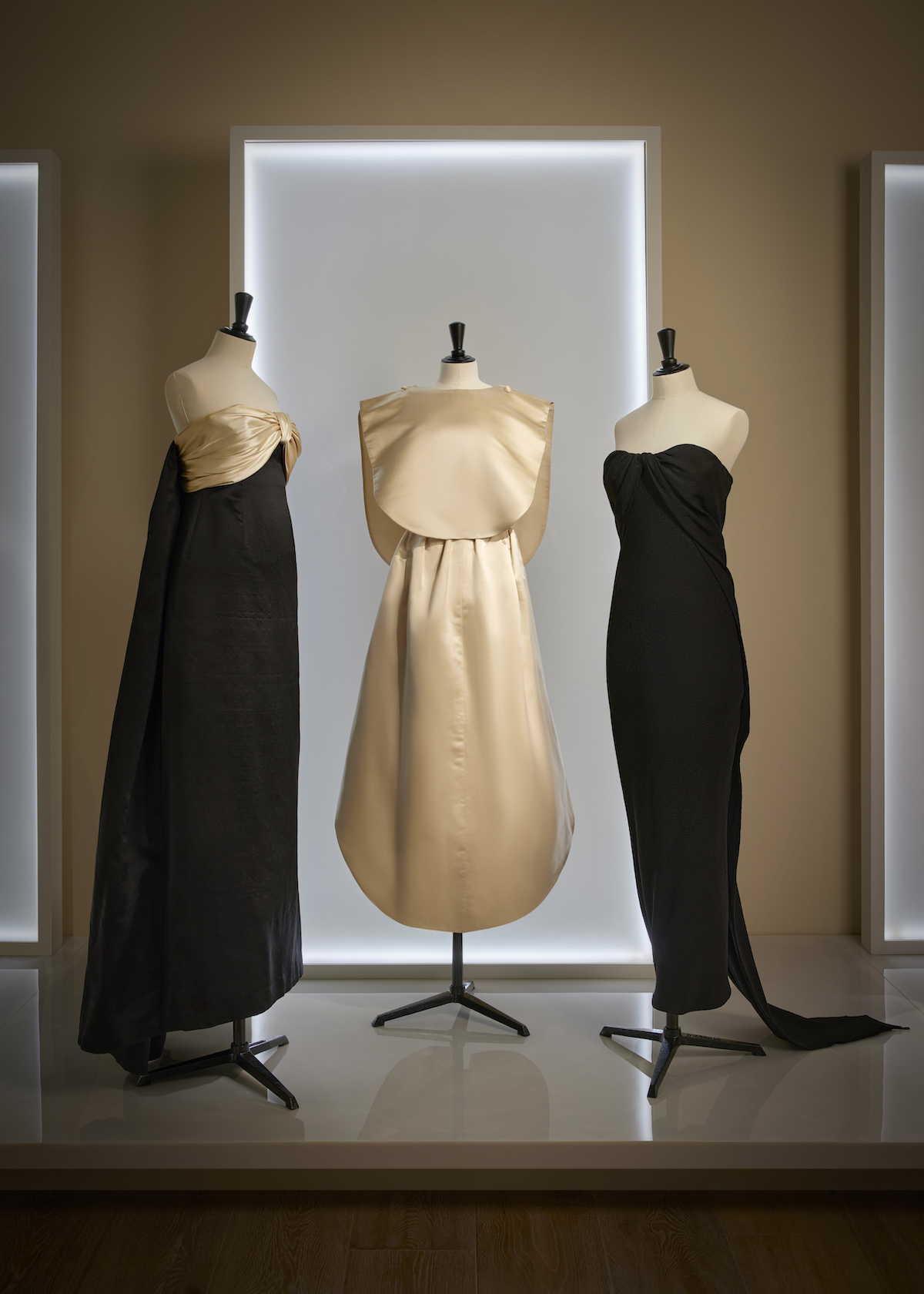
A trio of gowns at ‘Cristóbal Balenciaga: Master of Tailoring’ at SCAD FASH Museum Fashion + Film
The neatly organised exhibition replicates the interior of the Balenciaga archives and salon in Paris, with muted sandstone tones and a panelled backdrop. Two alumni from SCAD School of Fashion readjusted the garments originally tailored for clients’ physiques to typical mannequin sizes. The undertaking is a collaboration between the museum, the Balenciaga archives and Fondation Azzedine Alaïa, which today holds around 600 Balenciaga garments, while the Miami-based Parodi Costume Collection has also contributed a number of objects to the exhibition. As such, the exhibition is curated by Gaël Mamine, head of collections of Fondation Azzedine Alaïa, Gaspard de Massé, head of archives at Balenciaga, and Gonzalo Parodi, director of Parodi Costume Collection. The organisers aim to shed light on the foundations of the wildly popular brand and emphasize the craft and perfectionism that established the founder as a fashion loyalty.
From a 1964-dated silk tunic worn by Elizabeth Taylor to silk and organza gowns crafted for European nobility, the clothes are imbued with both a mood of experimentation – particularly in cut and silhouette – and timelessness. ‘He designed [clothing] to be worn for a lifetime,’ says Gomes. Balenciaga’s early life, as the show underlines, was shaped by social and political unrest, and his career took unexpected turns along the way. Spain’s neutral stance in World War I led many wealthy French citizens to settle in the bordering town of San Sebastian where they frequented the local designer’s atelier. When Spain was marred by the Civil War in the late 1930s, he found himself in Paris, where the Balenciaga brand reached soaring heights. The immediately ensuing World War II took its toll on the industry but as a Spanish citizen, Balenciaga could travel to his country to acquire garments while his French colleagues struggled to find materials.

Cristóbal Balenciaga, photographed in 1927
Demna’s Balenciaga haute couture shows – which have been walked by the likes of Nicole Kidman, Naomi Campbell, and Isabelle Huppert – are staged in the house’s restored salons at 10 Avenue George V, where Cristóbal Balenciaga famously held three-hour-long shows for eager crowds.
Here, ’Master of Tailoring’ seeks a similar dialogue between the past and future. Holding the show at a university museum – SCAD stands for the Savannah College of Art and Design – with a fashion program contributes to the organisers’ mission to pass down a legacy. ‘I always tell our students that they need to know the past to shape the future,’ says Gomes. ‘Cristóbal was very interested in understanding his clients’ lives,’ the director adds. ‘Seeing some of the pieces first time myself, I am amazed by the construction both outside the dress and for the corsetry inside.’
‘Cristóbal Balenciaga: Master of Tailoring’ runs at the SCAD FASH Museum of Fashion + Film in Atlanta, Georgia, until June 2, 2024.
Receive our daily digest of inspiration, escapism and design stories from around the world direct to your inbox.
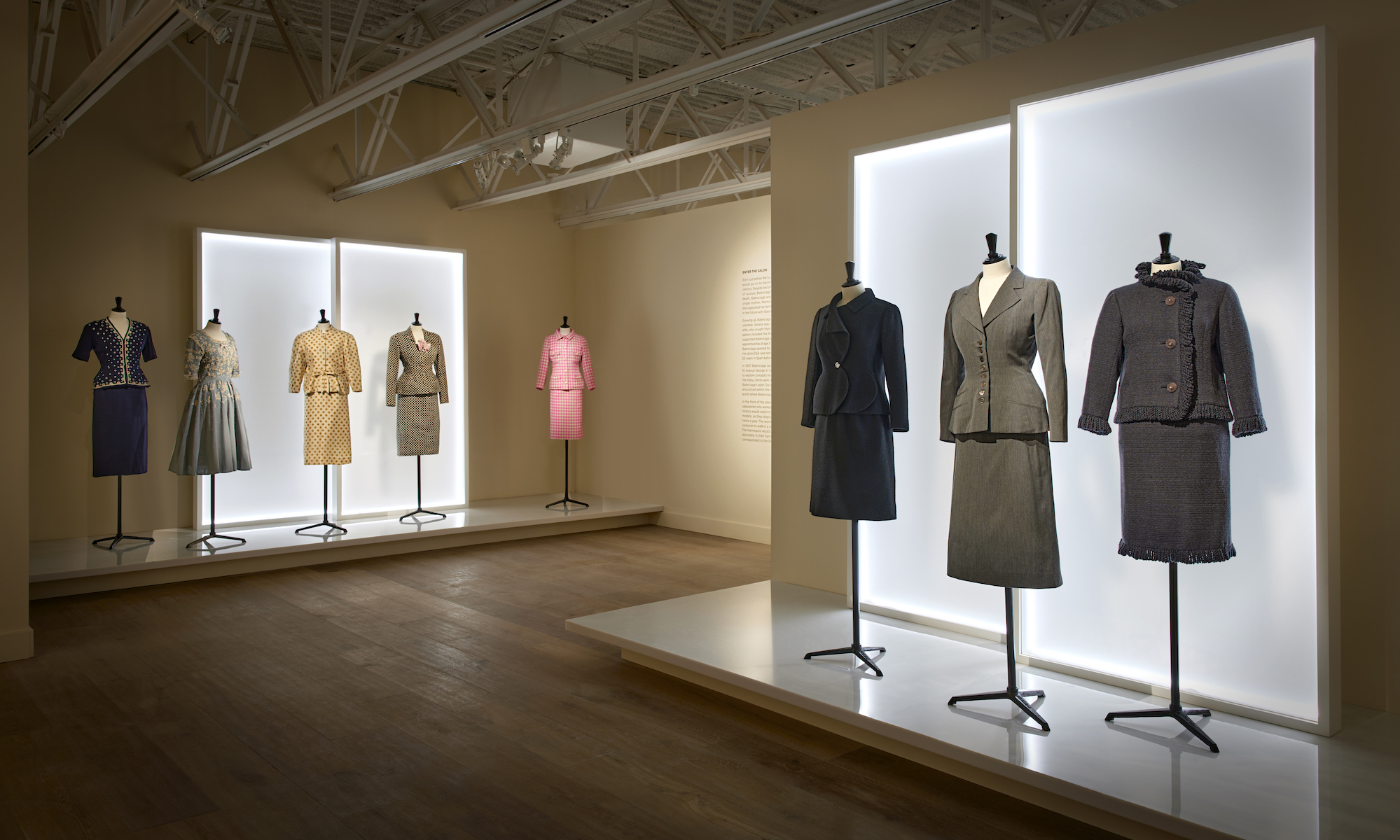

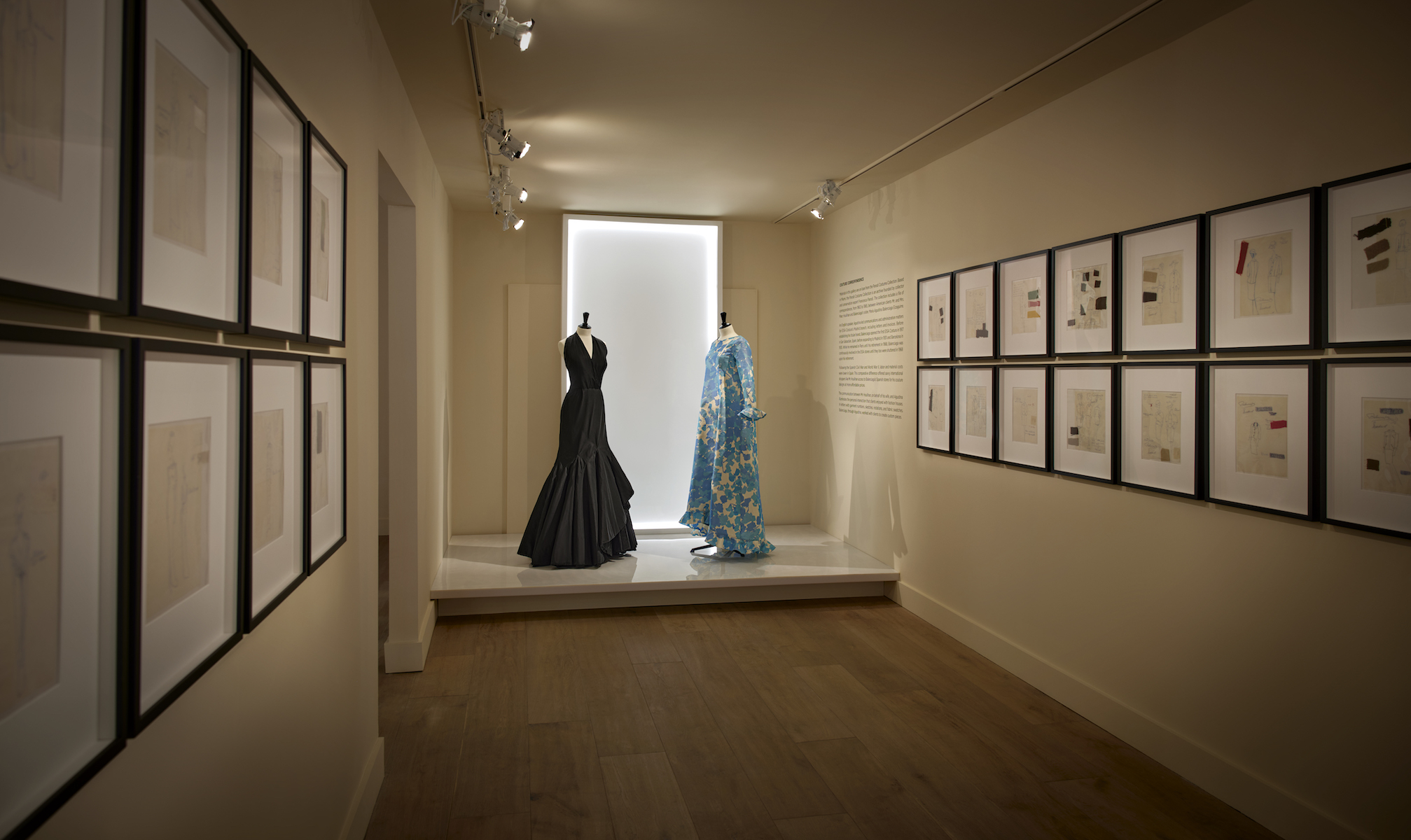

Osman Can Yerebakan is a New York-based art and culture writer. Besides Wallpaper*, his writing has appeared in the Financial Times, GQ UK, The Guardian, Artforum, BOMB, Airmail and numerous other publications. He is in the curatorial committee of the upcoming edition of Future Fair. He was the art and style editor of Forbes 30 Under 30, 2024.
-
 Inside architect Andrés Liesch's modernist home, influenced by Frank Lloyd Wright
Inside architect Andrés Liesch's modernist home, influenced by Frank Lloyd WrightAndrés Liesch's fascination with an American modernist master played a crucial role in the development of the little-known Swiss architect's geometrically sophisticated portfolio
-
 Volvo’s quest for safety has resulted in this new, ultra-legible in-car typeface, Volvo Centum
Volvo’s quest for safety has resulted in this new, ultra-legible in-car typeface, Volvo CentumDalton Maag designs a new sans serif typeface for the Swedish carmaker, Volvo Centum, building on the brand’s strong safety ethos
-
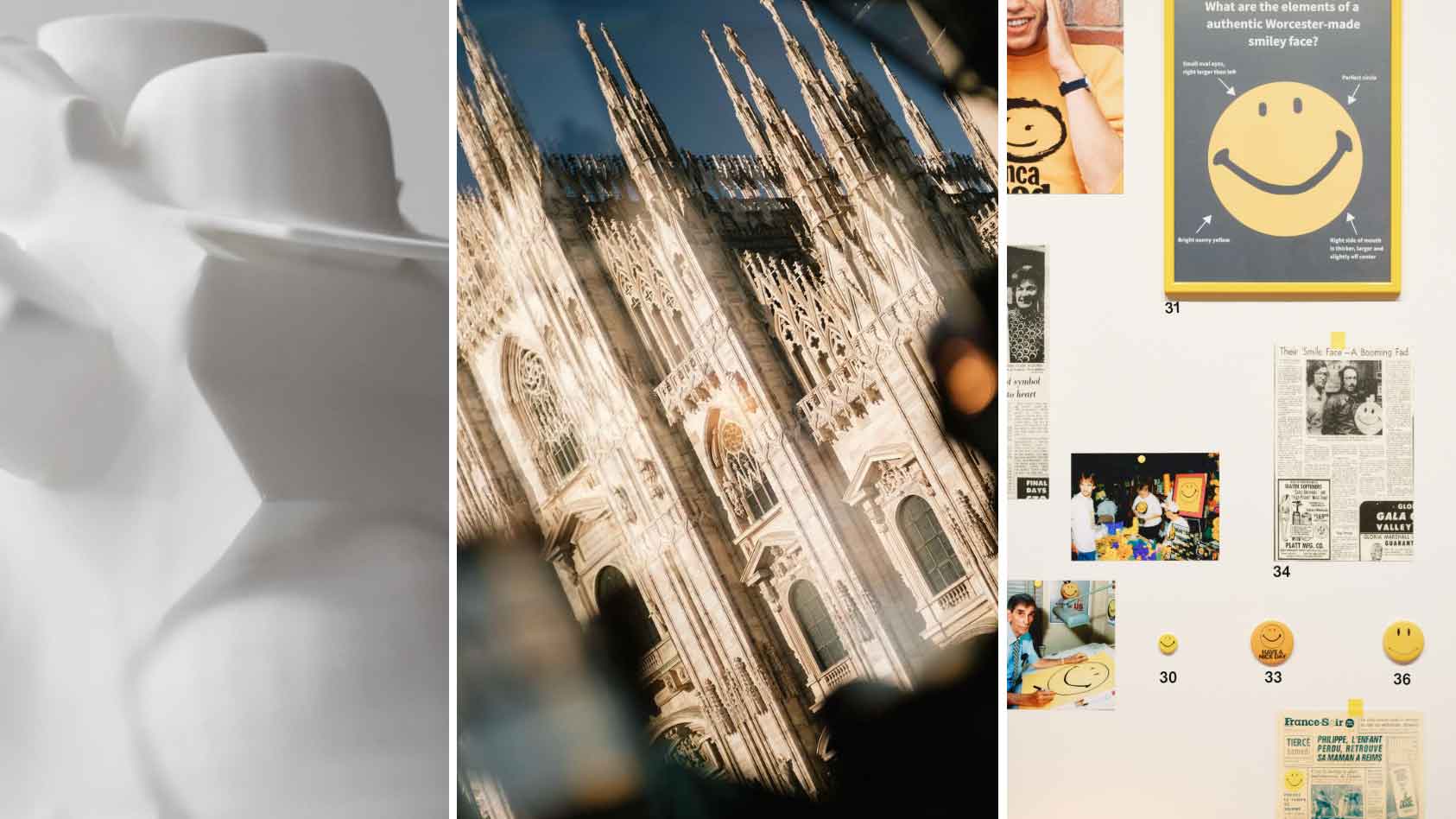 We asked six creative leaders to tell us their design predictions for the year ahead
We asked six creative leaders to tell us their design predictions for the year aheadWhat will be the trends shaping the design world in 2026? Six creative leaders share their creative predictions for next year, alongside some wise advice: be present, connect, embrace AI
-
 These illuminating fashion interviews tell the story of style in 2024
These illuminating fashion interviews tell the story of style in 2024Selected by fashion features editor Jack Moss from the pages of Wallpaper*, these interviews tell the stories behind the designers who have shaped 2024 – from Kim Jones to Tory Burch, Willy Chavarria to Martine Rose
-
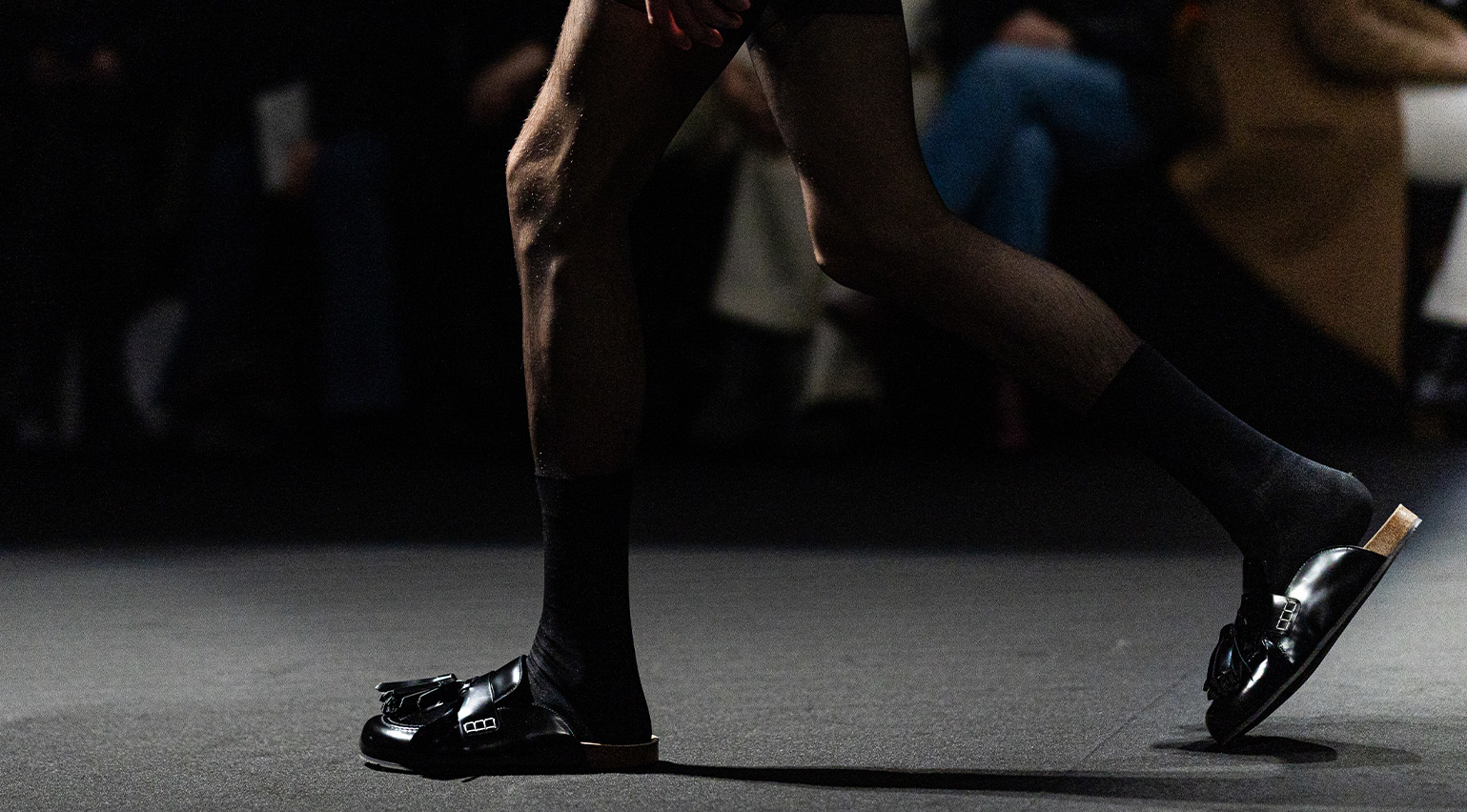 Why the slipper is set to be this season’s definitive men’s shoe
Why the slipper is set to be this season’s definitive men’s shoeWallpaper* fashion features editor Jack Moss unpacks the rise of the men’s slipper, which looks set to become this season’s most ubiquitous shoe. Plus, five styles to channel the slipper’s louche elegance in your own wardrobe
-
 For A/W 2024, the working uniform gets a futuristic spin
For A/W 2024, the working uniform gets a futuristic spinSculpted silhouettes, unexpected textures and plays on classic outerwear meet in the A/W 2024 collections, providing a twisted new take on city dressing
-
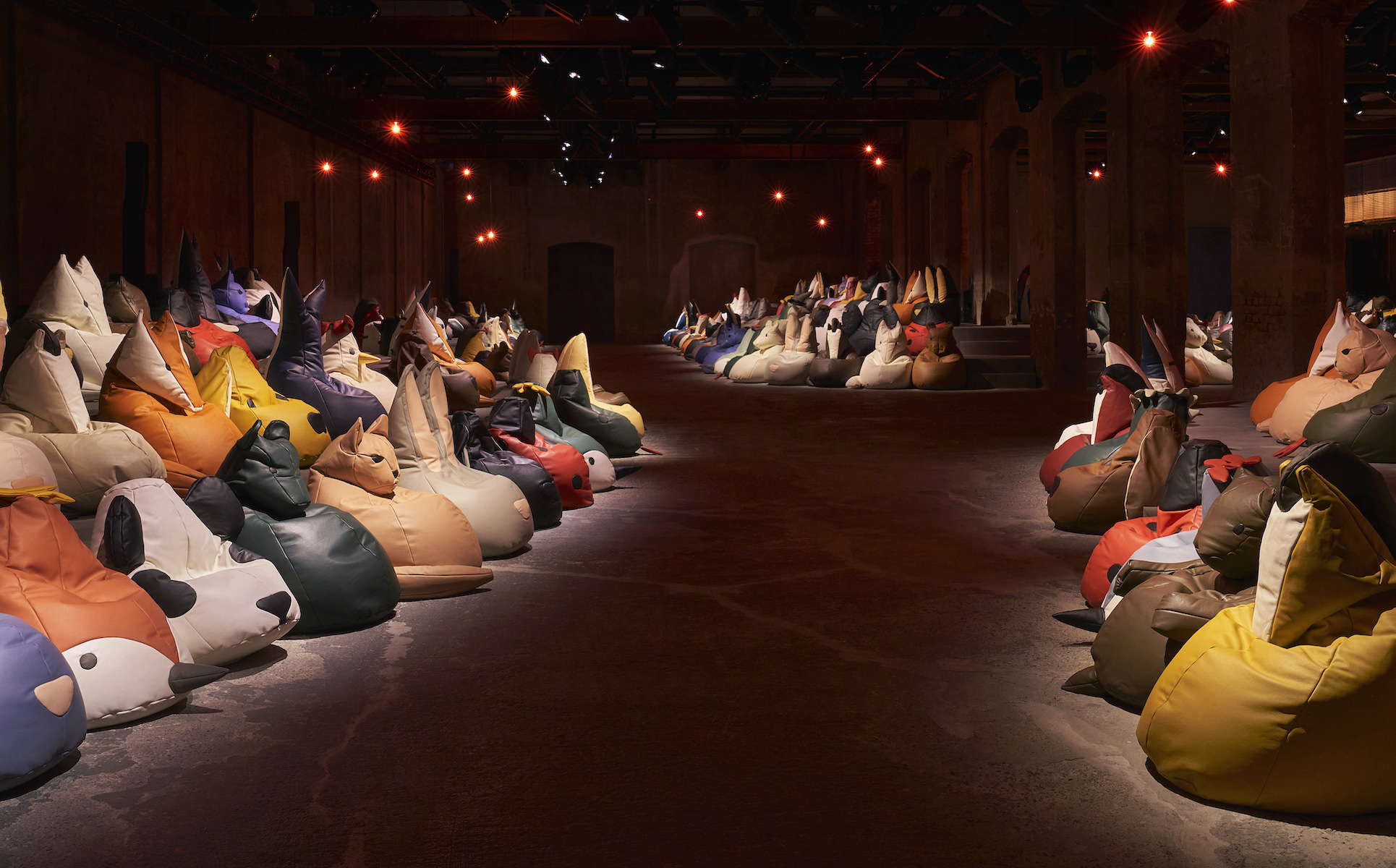 The breathtaking runway sets of S/S 2025, from beanbag animals to a twisted living room
The breathtaking runway sets of S/S 2025, from beanbag animals to a twisted living roomWallpaper* picks the best runway sets and show spaces of fashion month, which featured Bottega Veneta’s beanbag menagerie, opulence at Saint Laurent, and artist collaborations at Acne Studios and Burberry
-
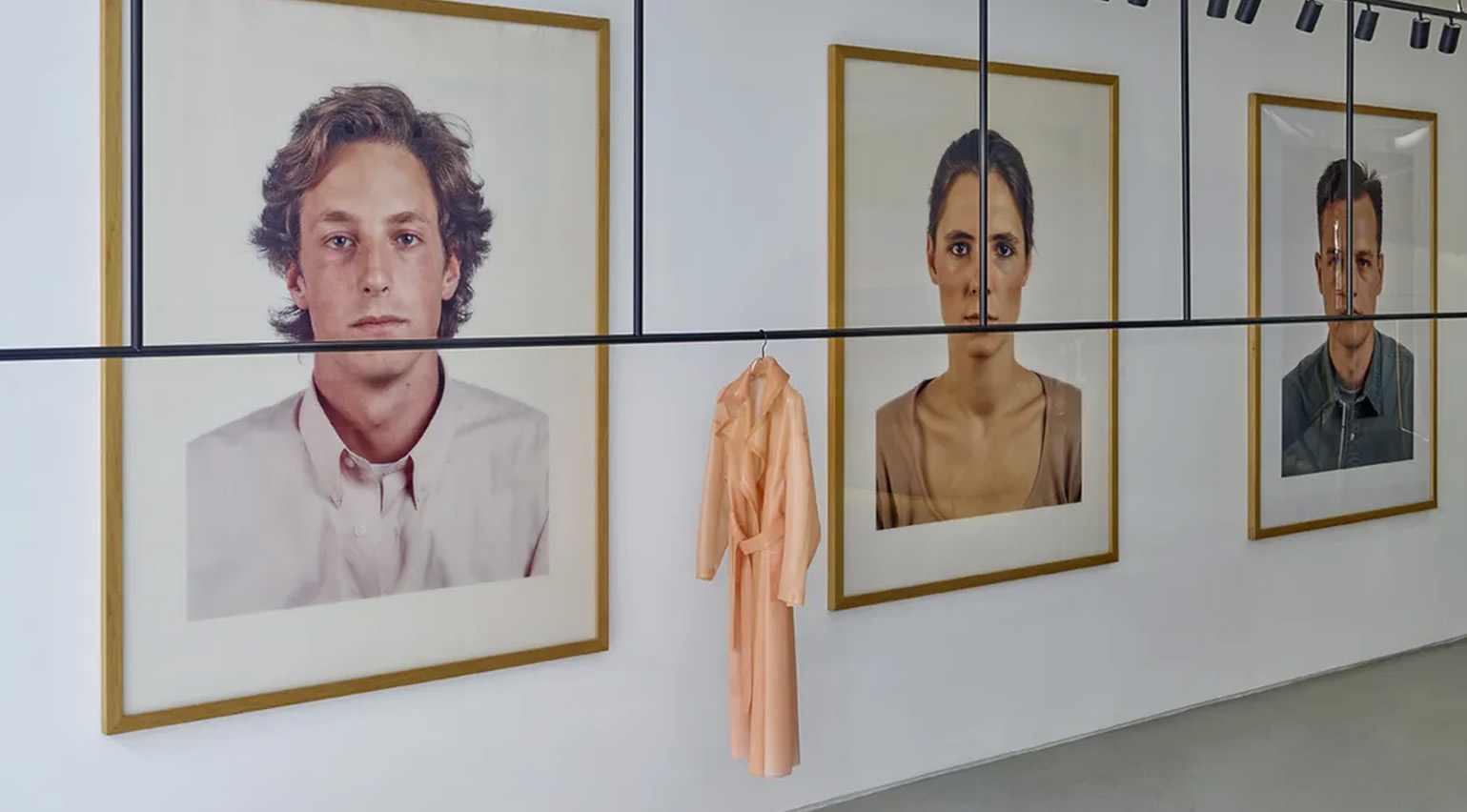 A guide to the best fashion stores London has to offer
A guide to the best fashion stores London has to offerWallpaper* picks the must-visit London fashion stores – from big-name boutiques and classic department stores to the best in vintage, alongside the sleek and experimental
-
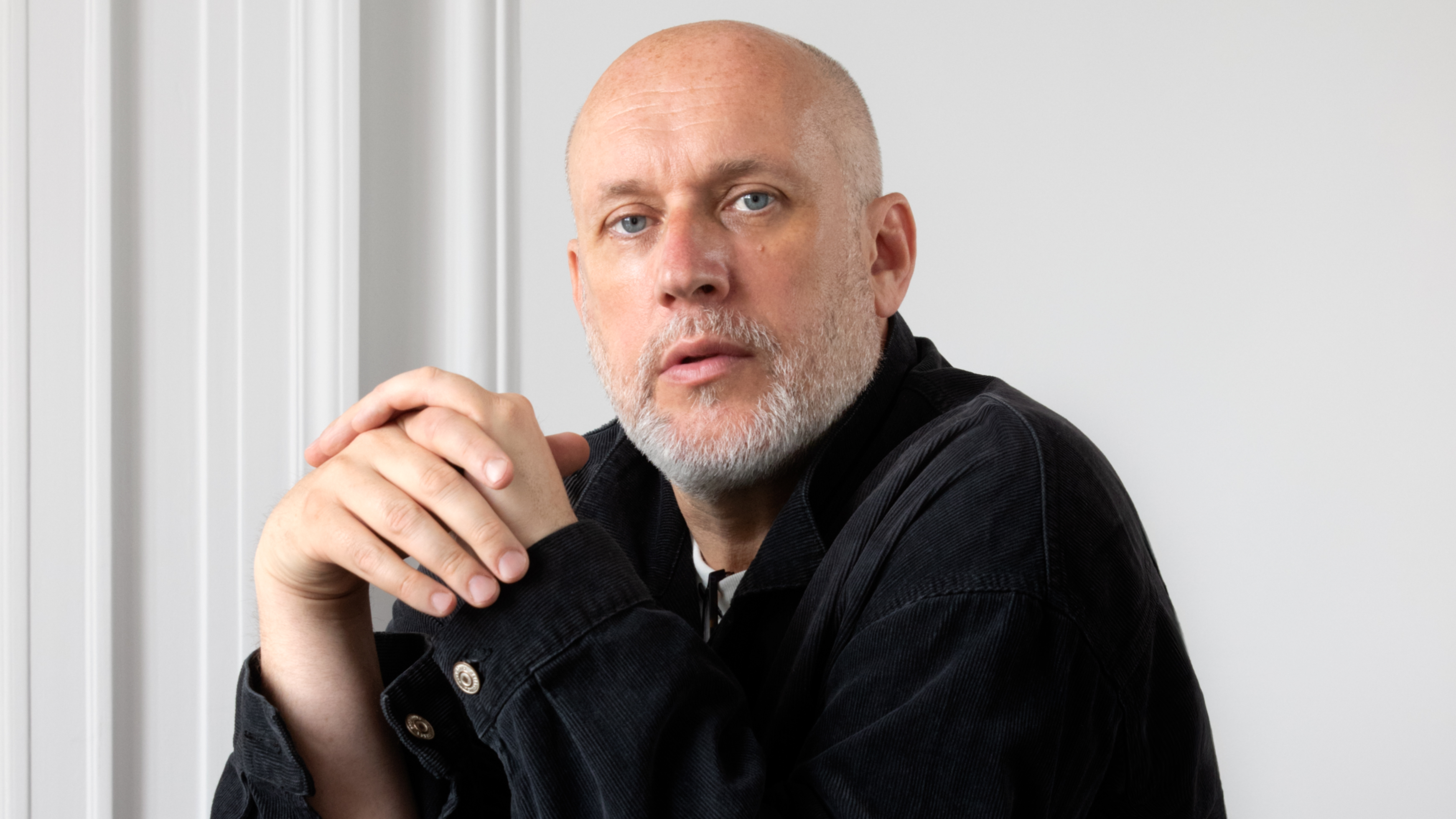 Lanvin’s new artistic director is British designer Peter Copping
Lanvin’s new artistic director is British designer Peter CoppingAnnounced by Lanvin today, new artistic director Peter Copping comes with a wealth of industry experience, including creative director roles at Nina Ricci and Oscar de la Renta
-
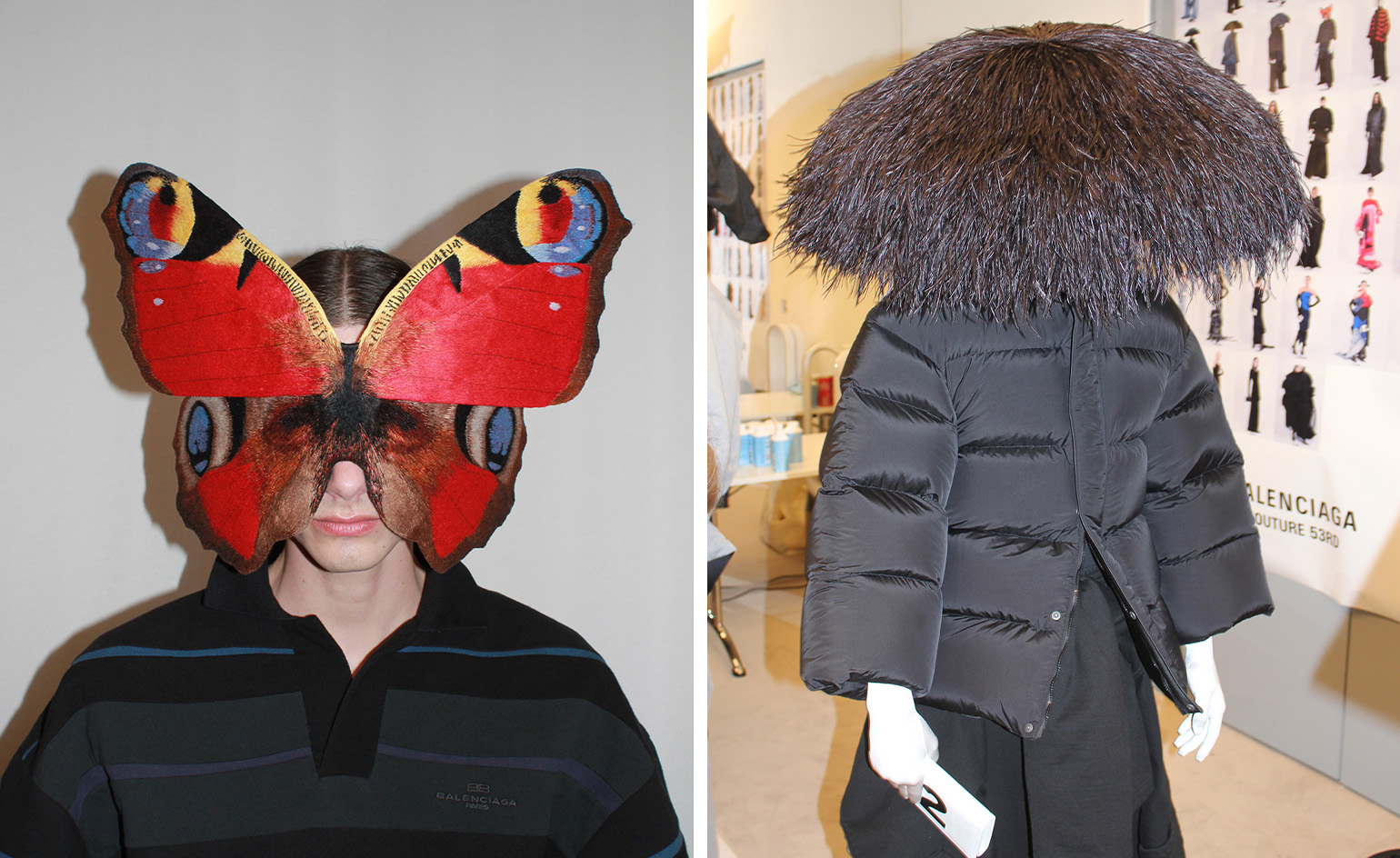 Highlights from Haute Couture Week A/W 2024
Highlights from Haute Couture Week A/W 2024Wallpaper* picks the best of Haute Couture Week A/W 2024 in Paris, from Olympics-inspired offerings at Dior and Thom Browne to the first Chanel collection since the departure of Virginie Viard
-
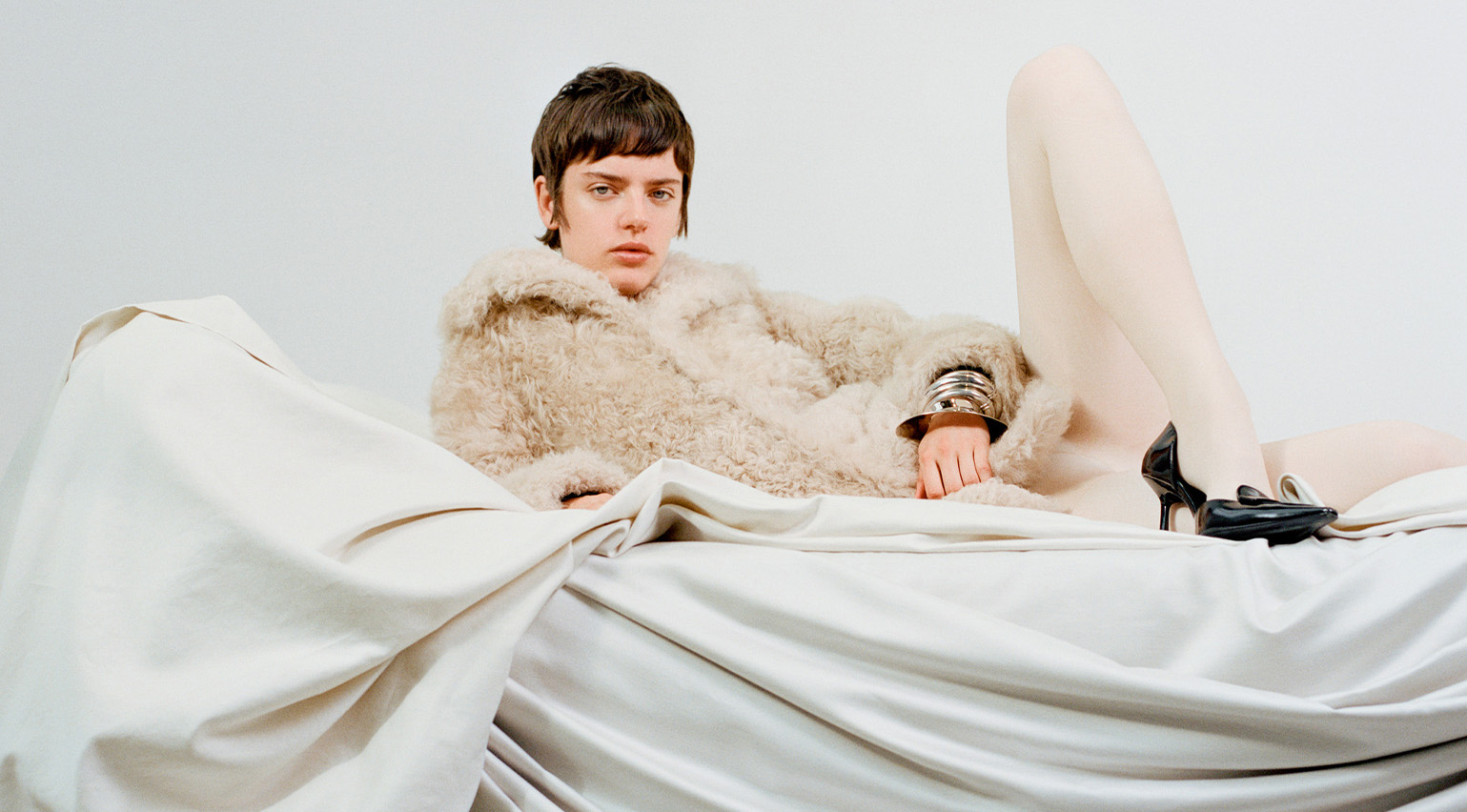 Pre-Fall 2024’s defining looks combine sharp silhouettes with a soft touch
Pre-Fall 2024’s defining looks combine sharp silhouettes with a soft touchA play on texture defines the Pre-Fall 2024 collections, seeing clean lines and pin-sharp tailoring meet soft-to-the-touch fabrics. Here, photographer Mattia Parodi captures the season’s best looks